You can do wax yourself or get it done by someone, but it is most important to have knowledge about wax, otherwise it can prove to be harmful for you.
Women often prefer waxing to remove unwanted hair. In simple terms, waxing is an easy process to remove unwanted hair from the body.
In this, wax is applied to the body, and by sticking a strip, it is removed along with the hair, which is also painful.
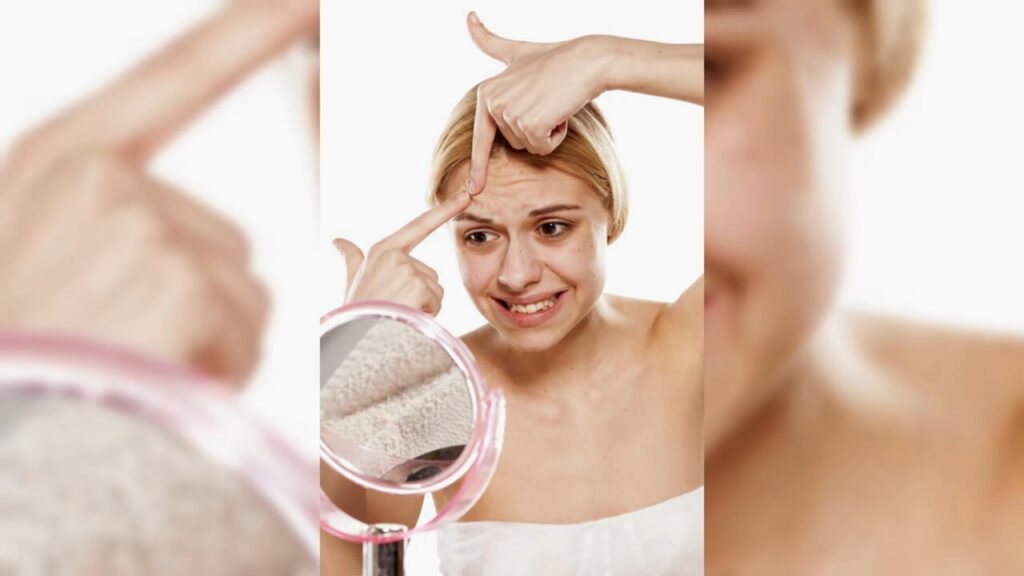
However, due to a lack of correct information, waxing can also become a problem, which can cause pimples and rashes on the skin. Therefore, you should know the correct way to wax.
When Not to Do Waxing:
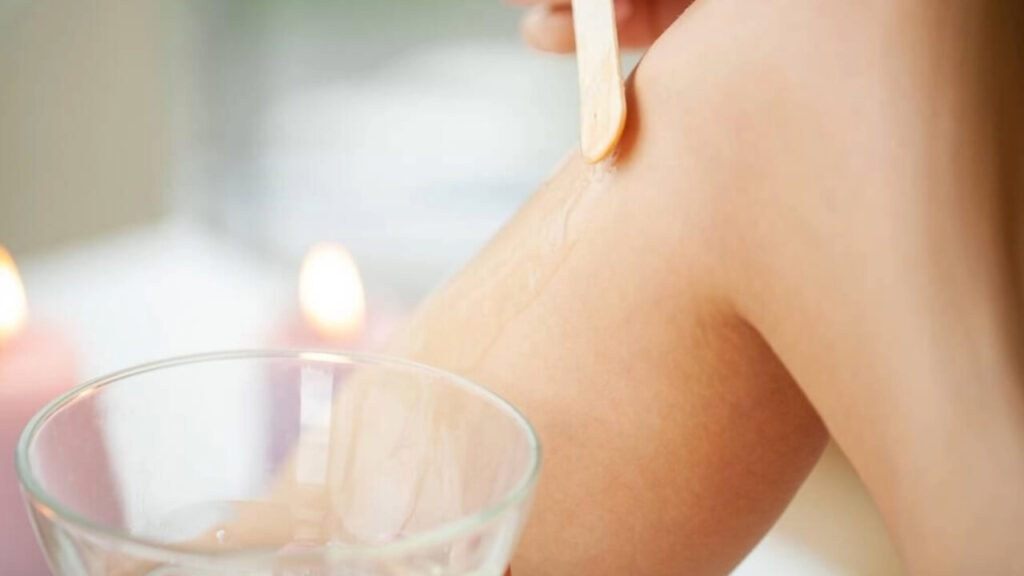
You should not wax before periods, because during these days the level of prostaglandin hormone is highest, due to which more pain is felt.
At this time, swelling also increases in the body; hence, one may have to face more pain and swelling.
The best time to do waxing is two weeks after periods, because then hormone levels are normal and pain also reduces.
Let’s delve into the details of when it’s best to avoid waxing and when it’s ideal to schedule your waxing sessions:
Avoid Waxing Before Periods:
- During your menstrual cycle, the level of prostaglandin hormone is highest. This hormone is associated with pain and inflammation.
- Waxing during this time can be more uncomfortable due to increased sensitivity and heightened pain perception.
- Swelling may also be more pronounced during menstruation, making the waxing process more challenging.
- Therefore, it’s advisable to skip waxing just before or during your period.
Best Time for Waxing:
- Approximately two weeks after your period is an optimal time for waxing.
- Hormone levels tend to stabilize during this phase, resulting in reduced pain sensitivity.
- As a result, you’ll likely experience less discomfort and swelling during waxing sessions.
- Remember to maintain proper hygiene and choose a reputable waxing salon for a clean and safe experience.
Keep in mind that individual experiences may vary, and some people may be more sensitive to waxing than others. Always listen to your body and choose a timing that works best for you! 😊
If you have any specific concerns or questions, feel free to ask via Comment Box Below.
Use of Numbing Cream:
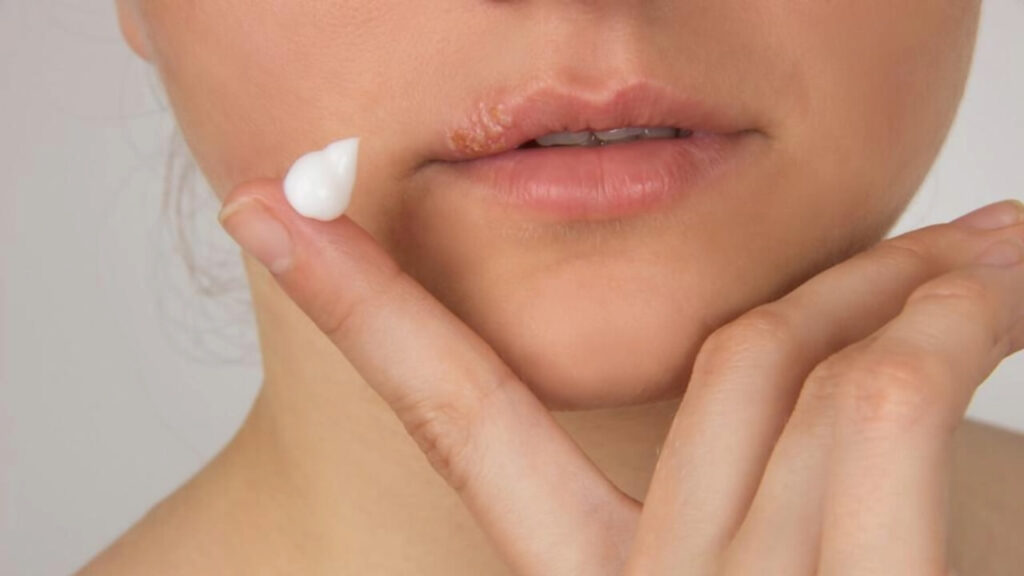
When you are waxing sensitive areas like the bikini line, face, or upper lips, you may feel a lot of pain. In this situation, you can use numbing cream.
But remember that you have to do a patch test before applying it so that you do not get into any other problems.
It is best to apply numbing cream 30–40 minutes before waxing.
Let’s dive into the details about using numbing cream for waxing sensitive areas:
Purpose of Numbing Cream:
- Numbing creams, also known as topical anesthetics, help reduce pain and discomfort during waxing.
- They are particularly useful for sensitive areas like the bikini line, face, or upper lips.
Patch Test:
- Before applying numbing cream, always perform a patch test.
- Apply a small amount of the cream to a small area of your skin (not the area you plan to wax).
- Wait for any adverse reactions, such as redness, itching, or irritation.
- If there are no negative effects, proceed with using the cream.
Application Timing:

- Apply the numbing cream approximately 30-40 minutes before your waxing session.
- This allows sufficient time for the cream to take effect and numb the skin.
- Follow the instructions provided with the specific numbing cream you’re using.
Precautions:
- Avoid applying numbing cream to broken or irritated skin.
- Use only the recommended amount; excessive application can lead to adverse effects.
- Be cautious if you have allergies or skin conditions—consult a dermatologist if needed.
Remember, numbing cream can enhance your waxing experience, but always prioritize safety and follow the instructions provided by the product. Happy waxing! 😊
Reduction of Pain With Ice:
Apart from numbing cream, you can also use ice to reduce the pain caused by waxing. Ice cools the skin and numbs it, which reduces pain during waxing.
Let’s explore how using ice can help reduce pain during waxing:
Cooling Effect:
- Applying ice to the skin before waxing has a cooling effect.
- It constricts blood vessels and numbs the area, making it less sensitive to pain.
How to Use Ice for Waxing:
- Wrap ice cubes in a clean cloth or use an ice pack.
- Apply it to the area you plan to wax for a few minutes.
- Remove the ice and proceed with your waxing session.
Benefits:
- Ice helps minimize discomfort during hair removal.
- It’s a natural and inexpensive way to soothe the skin.
Remember to be gentle when applying ice, and always prioritize your comfort. Happy waxing! 😊
Exfoliation:
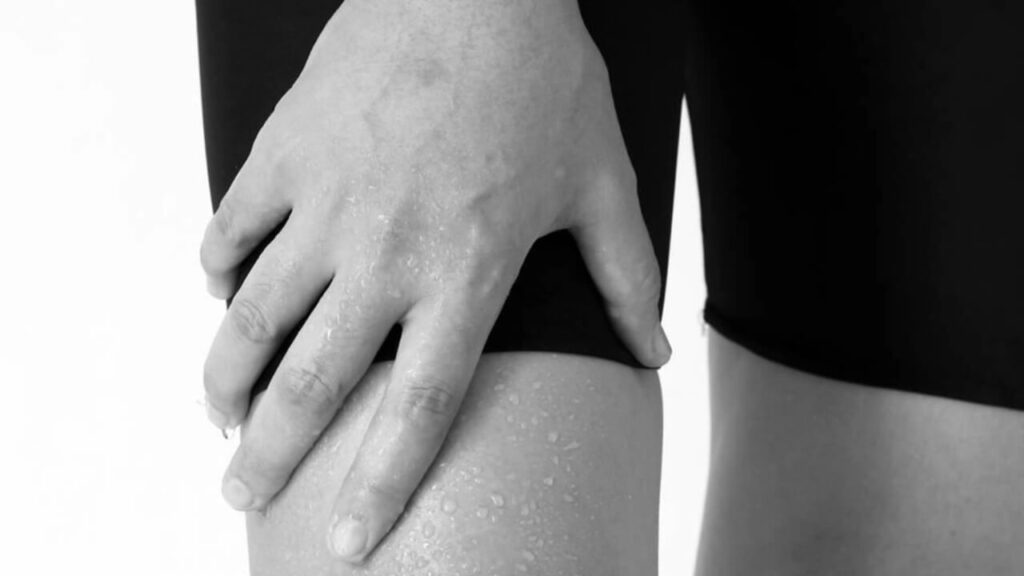
Exfoliation should be done before waxing, as it can help soften your hard hair. But while scrubbing, take care that it should not be too heavy; otherwise, the skin may peel off.
This can help reduce pain during waxing, especially when there are ingrown hairs.
Let’s delve into the details of exfoliation before waxing:
Purpose of Exfoliation:
- Exfoliation involves removing dead skin cells from the surface of your skin.
- It helps soften the hair and prepares the skin for waxing.
Benefits of Exfoliation Before Waxing:
- Softens the hair follicles, making hair removal easier.
- Reduces the risk of ingrown hairs by preventing them from getting trapped under the skin.
- Improves wax adherence, ensuring effective hair removal.
Tips for Safe Exfoliation:
- Use a gentle exfoliating scrub or brush.
- Avoid excessive pressure to prevent skin irritation or peeling.
- Focus on areas where you plan to wax (e.g., legs, bikini line, face).
Remember, gentle exfoliation is key—don’t overdo it! Happy waxing! 😊
Trim the Hair:

Trimming the hair before a bikini wax can be a wise option, especially if there is a lot of growth. You should not cut the hair too short, but also not keep it so long that it becomes difficult and painful while waxing.
Due to excess hair on the bikini line, hair follicles can get damaged during waxing and there is a risk of lumps forming. Therefore, it is important to carefully balance growth.
Let’s discuss the importance of trimming hair before a bikini wax:
Purpose of Trimming:
- Trimming the hair before waxing is beneficial, especially if there’s significant growth.
- It ensures a smoother waxing process and reduces discomfort.
Guidelines for Trimming:
- Not Too Short: Avoid cutting the hair too short. Extremely short hair may be challenging to grip during waxing.
- Not Too Long: Excessively long hair can lead to more pain during waxing.
- Balanced Length: Aim for a moderate length that allows effective hair removal without excessive discomfort.
Risk of Excess Hair:
- When there’s too much hair on the bikini line, hair follicles can be damaged during waxing.
- This can result in ingrown hairs or painful lumps.
Remember to find the right balance—trim enough for ease of waxing, but not too much! 😊
Non Comedogenic Moisturizer
Not doing waxing properly can cause not only pain but also many problems. It is important to exfoliate the body 2-3 days before waxing because doing so cleans the dirt from the pores. Besides, use of too much wax is also harmful for the skin. You can use an ice pack before and after waxing to reduce the pain and avoid skin rashes. Along with this, wax should be applied in the direction in which your hair is growing. To avoid ingrown hairs or bumps, the wax strip should be pulled in the same direction as hair growth and a non-comedogenic moisturizer should be applied after waxing.
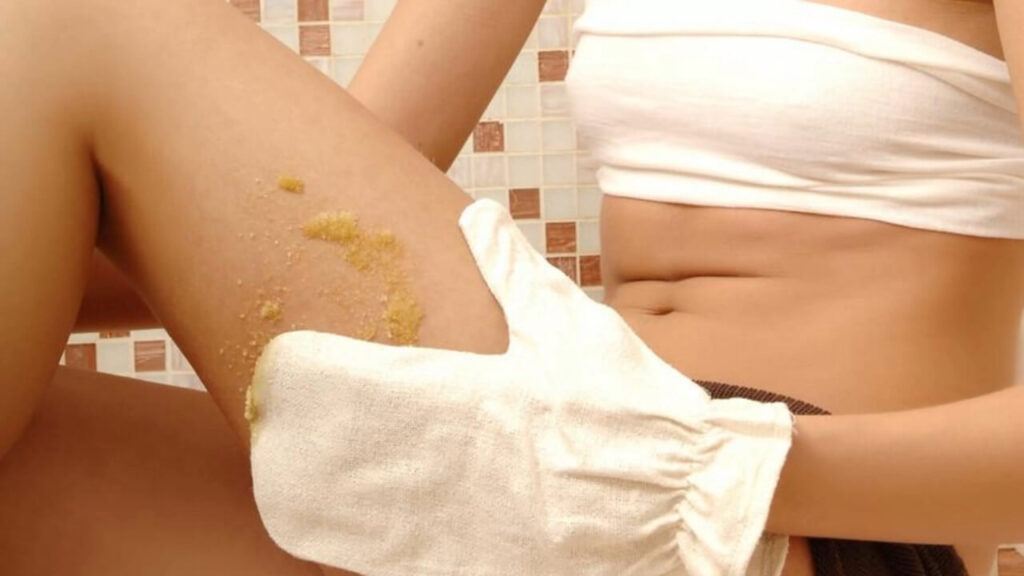
A non-comedogenic moisturizer is specifically formulated to not clog pores, which is crucial after waxing. When you wax, you’re not only removing hair but also the top layer of skin, which can leave your pores open and vulnerable to blockages from oils and dirt. A non-comedogenic moisturizer will hydrate your skin without adding excess oil or causing breakouts.
Here’s why it’s important:
- Prevents Acne: After waxing, your skin is more susceptible to acne because of the open pores. Non-comedogenic products are less likely to cause comedones (blackheads and whiteheads), hence preventing acne.
- Maintains Skin Barrier: Waxing can strip away natural oils. A good moisturizer helps restore the skin’s barrier without overloading it with ingredients that could lead to clogged pores.
- Soothes Skin: These moisturizers often contain soothing ingredients like aloe vera or chamomile, which can help calm the skin after the irritation caused by waxing.
Remember, everyone’s skin is different, so it’s always best to patch test a new product before applying it to larger areas of your skin. And if you’re unsure about which product to choose, consulting with a dermatologist can be very helpful.
If you have any specific concerns or questions, feel free to ask via Comment Box Below.



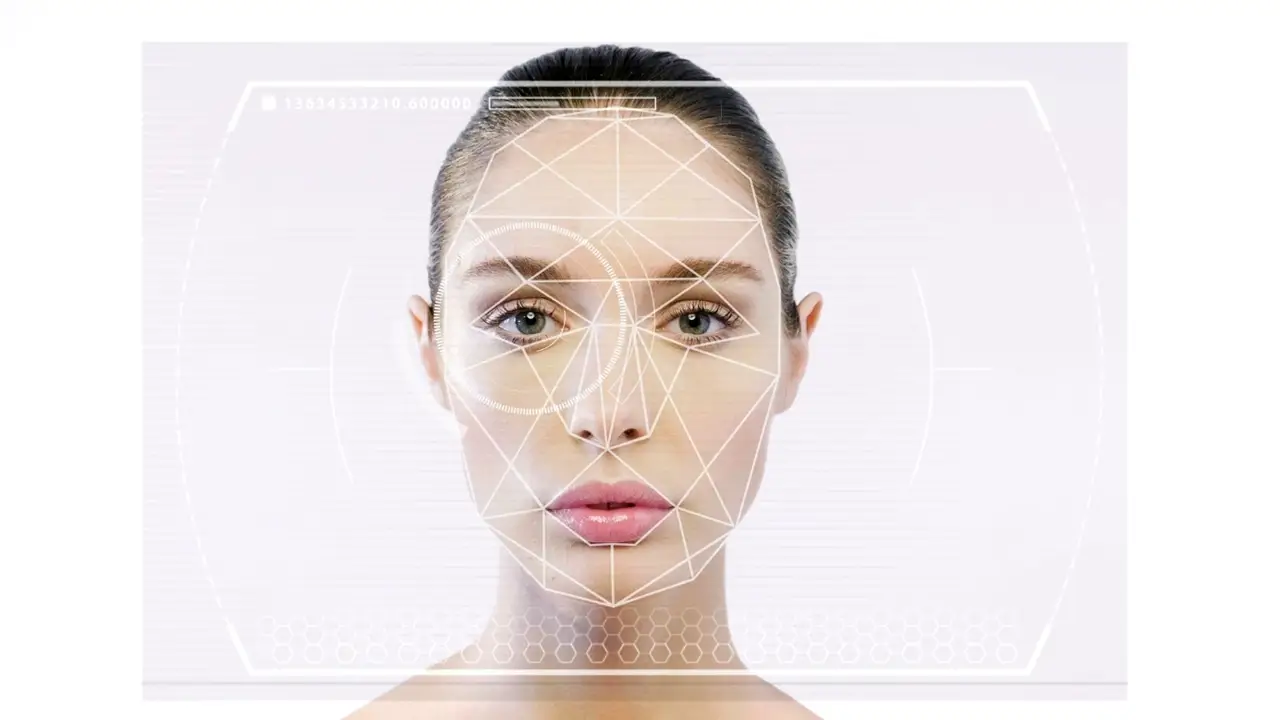
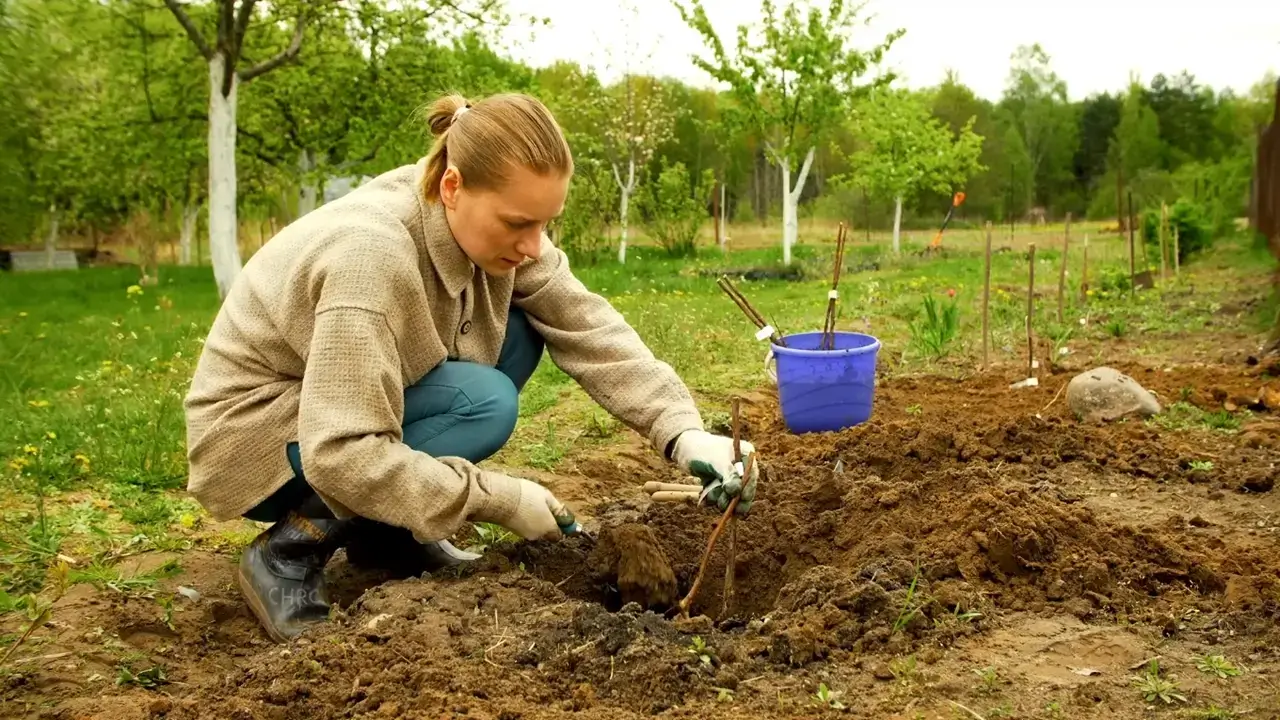
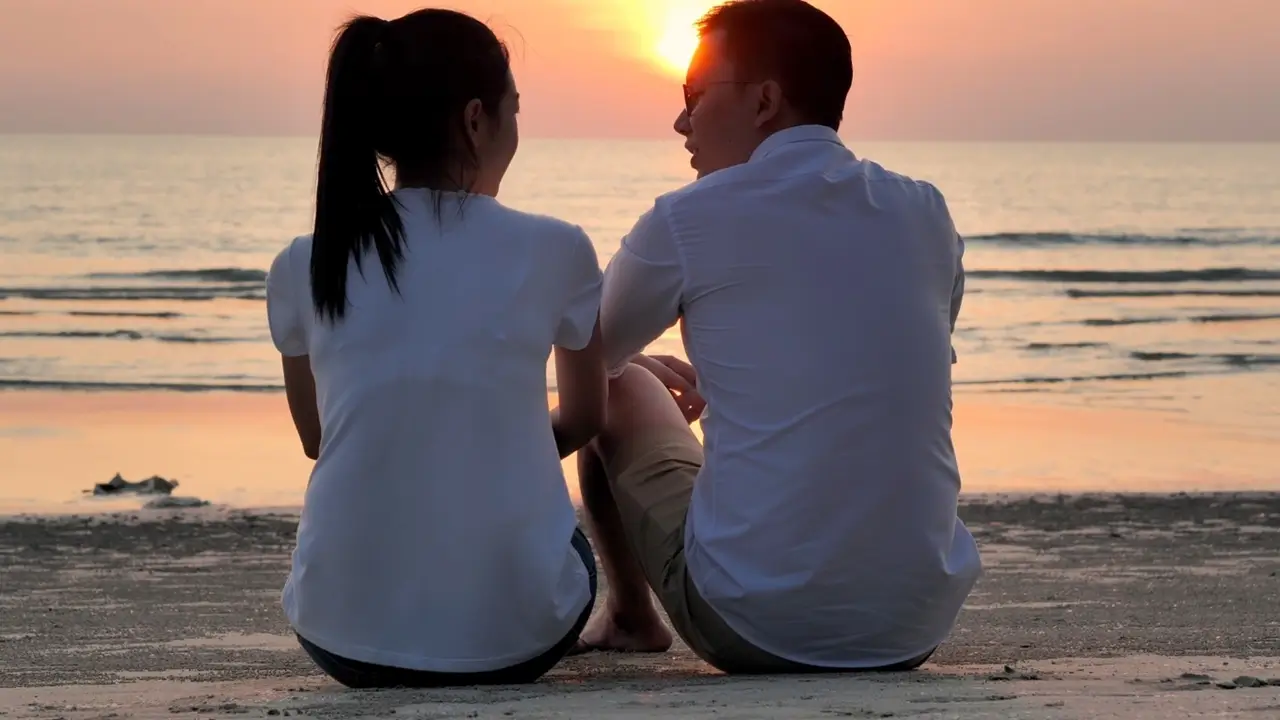



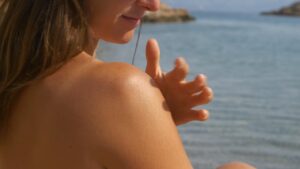
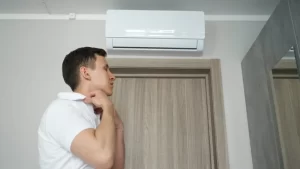









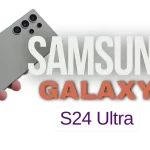







Somebody necessarily assist to make significantly articles I would state. That is the first time I frequented your web page and so far? I surprised with the research you made to make this particular publish incredible. Excellent activity!
Hi, just required you to know I he added your site to my Google bookmarks due to your layout. But seriously, I believe your internet site has 1 in the freshest theme I??ve came across. It extremely helps make reading your blog significantly easier.
This is really interesting, You’re a very skilled blogger. I have joined your feed and look forward to seeking more of your magnificent post. Also, I have shared your web site in my social networks!
Hello! Do you use Twitter? I’d like to follow you if that would be ok. I’m definitely enjoying your blog and look forward to new updates.
Hmm is anyone elsde encountering probleems wijth tthe
pictures oon thiks blog loading? I’m tryin to determine if iits a problem onn myy end orr if it’s thee blog.
Any feedback would be greatly appreciated.
You could certainly see your expertise in the work you write. The world hopes for more passionate writers like you who are not afraid to say how they believe. Always go after your heart.
I’ve learn a few excellent stuff here. Certainly value bookmarking for revisiting. I surprise how much attempt you place to create such a magnificent informative website.
This is the precise blog for anybody who needs to find out about this topic. You realize so much its virtually laborious to argue with you (not that I really would want…HaHa). You undoubtedly put a new spin on a subject thats been written about for years. Great stuff, just nice!
Outstanding post, I believe blog owners should acquire a lot from this site its really user friendly.
You made some decent points there. I did a search on the topic and found most persons will consent with your blog.
I have recently started a website, the info you provide on this site has helped me tremendously. Thanks for all of your time & work.